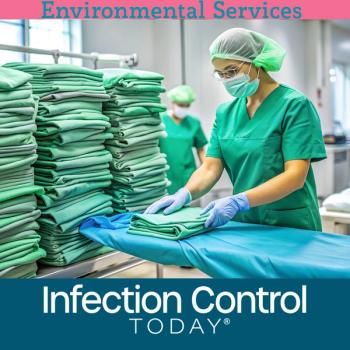
Researchers Identify Compounds That Inhibit Prion Infection
A team of University of Alberta researchers has identified a new class of compounds that inhibit the spread of prions, misfolded proteins in the brain that trigger lethal neurodegenerative diseases in humans and animals.
U of A chemistry researcher Frederick West and his team have developed compounds that clear prions from infected cells derived from the brain.
"When these designer molecules were put into infected cells in our lab experiments, the numbers of misfolded proteins diminishedand in some cases we couldn't detect any remaining misfolded prions," says West.
West and his collaborators at the U of A's Centre for Prions and Protein Folding Diseases say this research is not yet a cure, but does open a doorway for developing treatments.
"We're not ready to inject these compounds in prion-infected cattle," says David Westaway, director of the prion center. "These initial compounds weren't created for that end-run scenario but they have passed initial tests in a most promising manner."
West notes that the most promising experimental compounds at this stage are simply too big to be used therapeutically in humans or animals. Human exposure to prion-triggered brain disorder is limited to rare cases of Creutzfeldt-Jakob or mad cow disease. The researchers say the human form of mad cow disease shows up in 1 in 1 million people in industrialized nations, but investigating the disease is nonetheless well worth the time and expense.
"There is a strong likelihood that prion diseases operate in a similar way to neurodegenerative diseases such as Alzheimer's, which are distressingly common around the world," says West.
 The research was funded by the Alberta Prion Research Institute, part of Alberta Innovates Bio Solutions.
The lead author on the research was Charles Mays of the Centre for Prions and Protein Folding Diseases. The research was published in the journal Biomaterials.
Newsletter
Stay prepared and protected with Infection Control Today's newsletter, delivering essential updates, best practices, and expert insights for infection preventionists.





